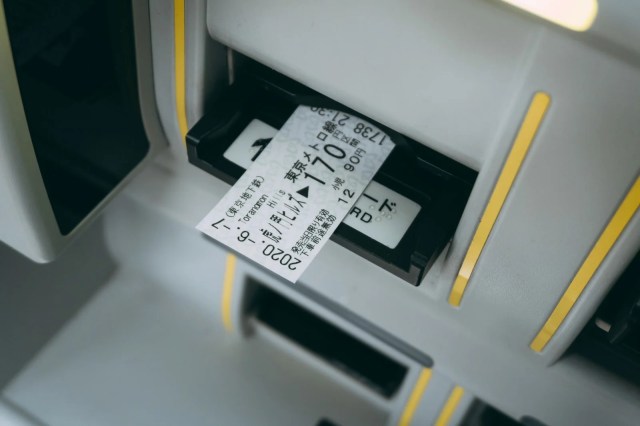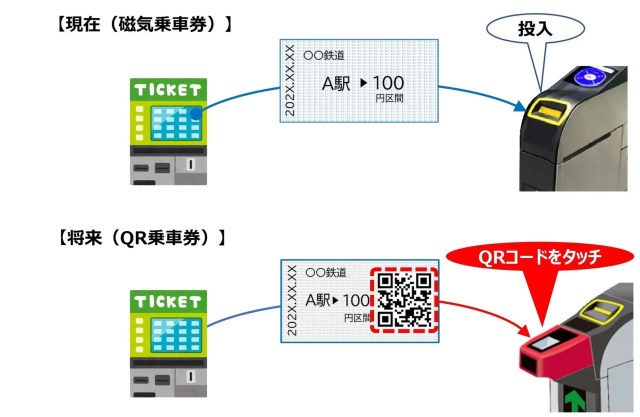East Japan Railways phasing out magnetic paper tickets, seven other rail operators will too

New ticket system looks to cut costs and boost environment friendliness.
East Japan Railway Company, the largest rail operator in the Tokyo area and east Japan, has announced that it will be phasing out its current form of physical paper tickets. The announcement was made on Wednesday, with seven other rail companies, Keisei, Keikyu, Shin Keisei, Seibu, Tobu, Tokyo Monorail, and Hokuso, stating that they will be doing the same.
Currently, physical tickets used by JR East and the other operators are printed paper on one side, with a magnetic backing on the other. This magnetic strip contains the necessary information for the distance and date the ticket is valid for. When entering the station, you insert the ticket into the automated gate, which reads the strip and pops the ticket out for you to collect. Then, when you reach your destination, you put the ticket into the gate when you’re leaving for a final check, and if everything is OK, the machine keeps you ticket as you walk out.
▼ A reporter showing a typical magnetic train ticket
There are two problems with this system, though, from a rail operator’s standpoint. The first is that there are a lot of moving machinery parts involved in moving the ticket through the gate and scanning it, and that complexity leads to higher maintenance costs. Second, the ticket being made of two different materials, paper and a metallic magnetic strip, means that the components have to be separated before used tickets can be recycled, which once again is an additional cost.
So JR East and the other rail operators have made the decision to get rid of magnetic-backed tickets, and replace them with QR code tickets. This will allow the tickets to be checked with just an optical scanner, eliminating the need for all the little motors inside current ticket gates, and their associated maintenance expenses. The QR code tickets will be entirely paper, with no metallic components, which will also make them more environmentally friendly through being easier to recycle.
▼ A diagram showing the current paper ticket system (top) and the upcoming QR code system (bottom)

The new system does raise the question of what you’re supposed to do when you exit your destination station. As mentioned above, with magnetic paper tickets, the gate simply keeps your ticket as you leave, but since the QR code is an optical scan, you’ll still have the ticket in your hand after you pass through the gate. Maybe rail operators will have recycling boxes outside the gates for passengers to toss their used tickets into, or maybe, Japan being a country where public trash receptacles aren’t particularly common, the expectation will be for passengers to take their used QR code tickets home and put them out with their home trash on their next local waste management service’s paper recyclables pickup day.
The changeover to QR code tickets is scheduled to be a sequential transition beginning in the spring of 2026.
Source: PR Times, Norimono News via Livedoor News via Jin
Top image: Pakutaso
Insert image: PR Times
● Want to hear about SoraNews24’s latest articles as soon as they’re published? Follow us on Facebook and Twitter!
Credit:

0 comments: